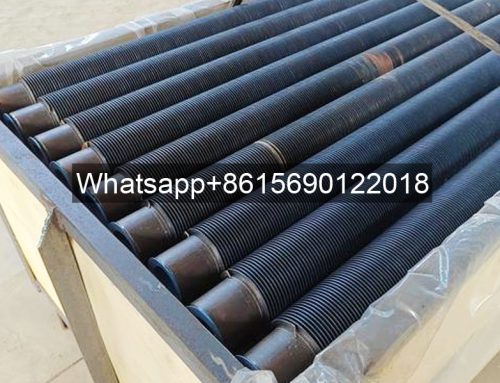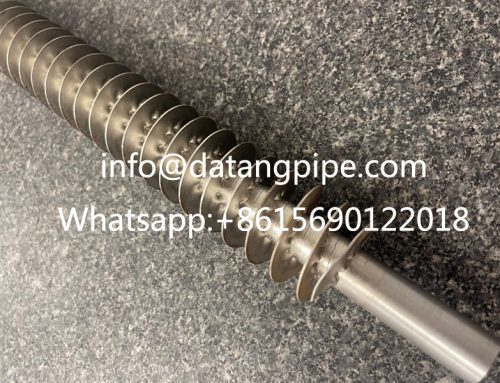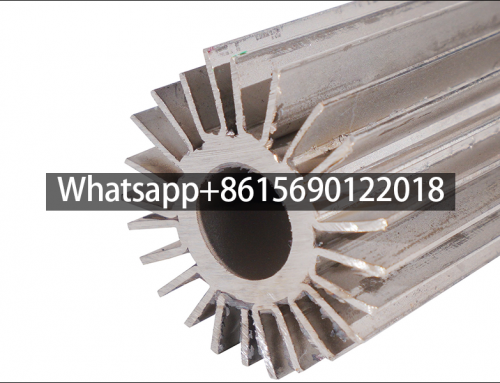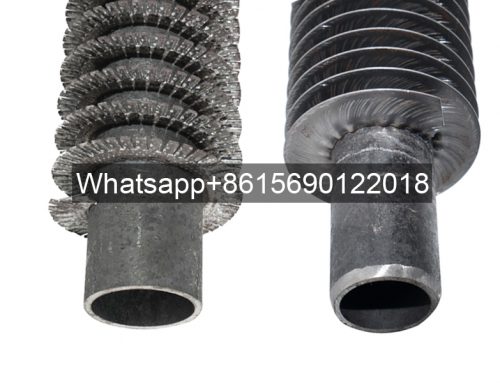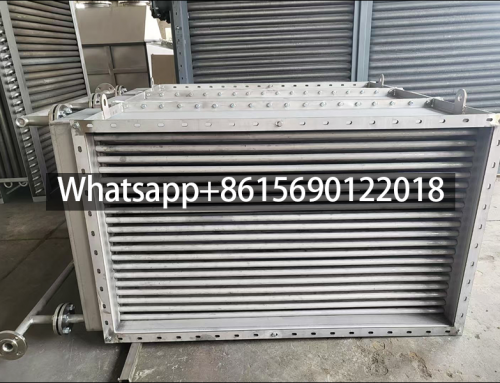Features of finned tubes for low temperature gas saving
The finned tube heat exchanger is one of the earliest and most successful discoveries in the process of improving tube heat exchange. This method is still the most widely used method among all kinds of tube heat exchange surface enhancement heat transfer methods. It is not only suitable for single-fin tube heat exchangers, it is widely used in power, chemical, petrochemical, air-conditioning engineering and refrigeration engineering.
1. Effectively increase the heat transfer area outside the tube and greatly improve the heat transfer efficiency. Compared with bare tubes, the heat transfer area of the low-temperature gas-saving finned tubes is much larger. The convective heat transfer surface of the finned tube for low-temperature gas saving is composed of two parts: the extended surface and the surface of the bare tube. In the case of the same volume of the two parts, the heat transfer area is several times that of the bare tube, which greatly improves the heat exchange outside the tube. Thermal capacity and heat transfer efficiency of the heat exchanger. 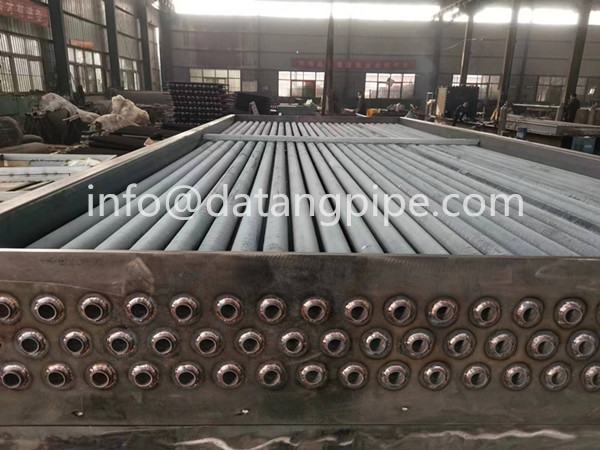
2. Reduce the volume of economizer. The use of finned tubes increases the heat exchange area per unit volume, reduces the volume of the economizer, makes the structure of the economizer more compact, and reduces metal consumption.
3. Strengthen heat transfer conditions. The special outer curved structure channel of the finned tube makes the flow boundary layer separate and increases periodically, which reduces the thickness of the boundary layer and shortens the length of the laminar boundary layer, which all help to destroy the layer of the boundary layer The bottom layer of the flow, thus playing the role of enhancing heat transfer.
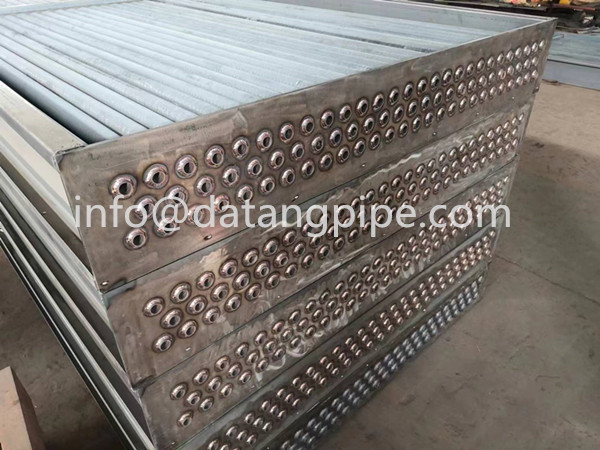
4. Reduce the flow resistance of the fluid outside the pipe and save operating costs. In the case of the same gas flow rate on the fin side, the resistance of each row of finned tube bundles is greater than that of each row of light tubes, but the heat transfer area of each row of finned tube bundles is much larger than that of bare tube bundles. Under certain circumstances, the number of rows of tube bundles can be reduced, so that the total resistance of the heating surface is reduced. At the same time, due to the substantial improvement of the heat transfer capacity of the spiral finned tube, the fluid velocity on the fin side can be appropriately reduced under the condition of ensuring the heat exchange capacity, and the flow resistance is usually proportional to the square of the velocity, so reducing the fluid velocity can reduce Small heating surface resistance saves operating costs.
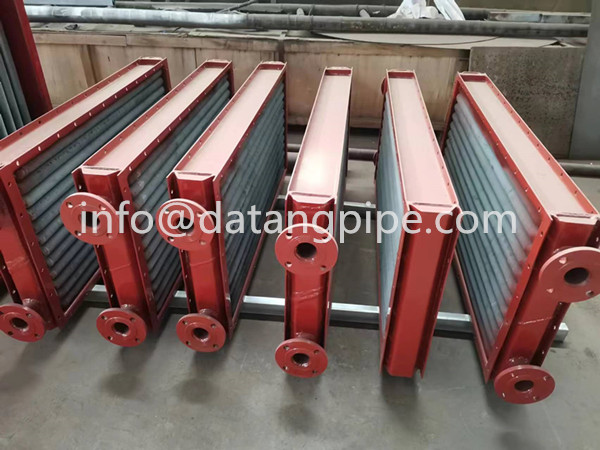
5. Reduce the wear of the heating surface. In a boiler burning solid fuel, when the ash-containing airflow flows through the heating surface, the impact and cutting of the heat exchange surface will cause the wear of the heating surface, and the amount of wear is proportional to the cube of the fluid velocity. . Due to the improvement of the heat transfer capacity of the finned tube bundle, the velocity of the fluid outside the tube can be reduced, thus greatly reducing the wear of the heating surface.


